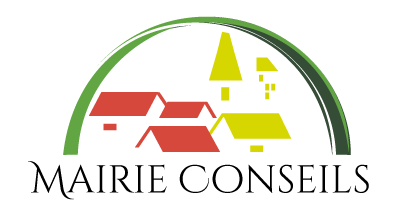Mundemba Council is located in Ndian Division in the South West Region of Cameroon and was created in 1977. The council has a surface area of 1.557kilometres squares. The Mundemba Council shares boundaries with Eyumojock in the North, Isangele and Ekondo Titi in the South, Toko, Konye and Dikome-Balua in the East and Nigeria in the West.
Climate
The Mundemba municipality has an equatorial climate with two main seasons: the dry and the wet seasons. The dry season is usually very short and runs from November to February while the wet season is long and it’s between March to October. (Source: PAMOL Weather station)
Rainfall
The mean annual rainfall for the period of 2005 – 2009 was 13.2mm3.
Monthly rainfall recorded indicated that maximum rainfall occurs from June to October while the minimum rainfall is between December to February. Annual records also show that 2005 was the wettest year, with a mean annual rainfall of 15.3mm3 within the years of data collection (2005 – 2009). (Source: PAMOL Weather station)
Humidity and Temperature
The mean monthly temperature ranges from 23oC to 30oC between 2005 and 2009 with a mean maximum monthly record of 33.5oC between January- March (2005), and a minimum monthly record of 22.5oC in January (2008). (Source: PAMOL Weather station)
Relief
The Mundemba municipality is composed of a stretch of hilly topography. It is made of gentle slopes gradually increasing as we go from the south west coast of river Ndian to the undulating slopes of the Rumpi Hills forest reserve in the south west, stretching right up to Toko sub division. Another stretch of undulating hilly topography is found in the south east of the municipality, around the northern part of the Rumpi forest reserve. The proposed council forest is relatively flat with dotted areas of undulating gentle slopes. The highest point here is a hill with altitude of 505m. (Source: Mundemba Monographic Study, 2010)
Drainage
The municipality is drained by streams and rivers. Most of the rivers and streams take their rise from the Rumpi hills and the northern part of the Korup national park (KNP). Rivers and streams that take their rise from the Rumpi hills and flows towards the northern section of the proposed council forest while those that take their rise from the northern part of the KNP flow in a southern direction of the park. The streams in block A combine to form the Mana and Mbo’s rivers that finally drain into river Ndian and the Atlantic Ocean while the main stream Mossambi in block B converge with river Lokeri and drains into Dibonda river,which empties into the Atlantic Ocean. (Source: Mundemba Monographic studies, 2010)
Soils
A description of the geology and soils of the area can be done following Dumort (1965) describing the South West Region including the municipality. His description showed that the Precambian gneiss and cretaceous sedimentary sandstones which form old basement complex decomposes in situ into old sandy soils. These soils are heavily leached as a result of their low after retention capacity and the frequent heavy rainfall in the municipality. Analysis of composite samples of the cores of the top 10cm of soils from the Korup national park which shares a common region with the municipality shows that the soils are strongly acidic (Low PH) and low in nutrients (Gartland, 1986; Newbery et al, 1988). (Source: Mundemba Monographic studies, 2010)
